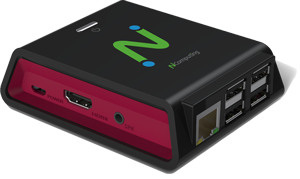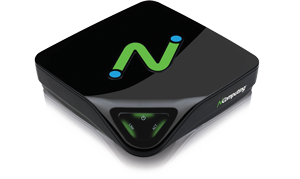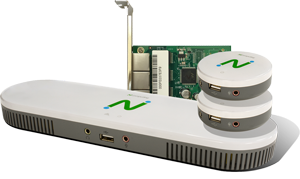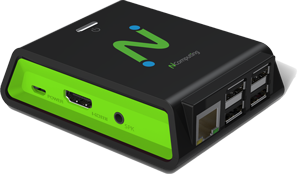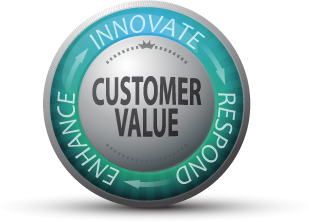The Challenge
After enjoying a completely virtual server environment for years, API saw an opportunity to extend its virtual infrastructure to encompass its desktop environment as part of the organization’s 2010 migration from Windows XP to Windows 7. API needed a uniform infrastructure that would support the transition of most of its workstations to thin clients with more affordable and reliable services and accommodate a considerable number of constantly mobile laptop users across its Roma headquarters and Falconara refinery.
The Solution
API turned to NComputing’s VERDE, featuring LEAF and Cloud Branch capabilities. VERDE’s light-weight approach to desktop virtualization offers flexibility, scalability and optimal performance. Using VERDE VDI, API seamlessly migrated more than one thousand workstations from a standard Windows XP to Windows 7– including setup, testing and deployment – in less than 30 minutes. With data secure in centralized storage, employees can now run their own personalized virtual desktop from any thin client in the company by simply entering credentials. VERDE’s broad coverage allowed API to minimize the expense of upgrading to higher-performance desktops since its existing units could support the new operating system as thin clients.
“Troubleshooting workstations – and the attendant wait to recover and install a new machine – is a thing of the past. Now, our employees are up and running in their personal desktop environments in a matter of seconds by simply moving from one thin client to another.”
For mobile users with laptops, API equipped each unit with VERDE LEAF client software that synchronizes user data between the laptop and central data center and defines and updates the laptop configuration from the central data center. Employees can use the laptops even when disconnected, and in the event of a lost or damaged laptop, the company’s IT team can restore the user’s data and configuration to a new machine in minutes, without any data loss.
Measurable Success
Windows 7 migration
API significantly reduced downtime and disruption to the organization to complete the migration and eliminated the expense of upgrading to new desktop hardware that comes with a traditional migration.
Energy saving and environmental sustainability
Organizations like API typically achieve a 73% reduction in energy consumption and in CO2 emissions with a virtual desktop environment. API employees also enjoyed a quieter work environment with more workspace due to the smaller equipment footprint and absence of noise-generating fans.
Increased availability
Workstations are now available without interruption. If a device fails, the IT team can restore the user’s desktop anywhere in the enterprise with the user’s credentials.
Increased resource optimization
Installing a new workstation now takes only minutes. By contrast to a traditional PC installation, which requires procurement, setup and configuration, configuring a new workstation in the virtual desktop environment simply requires assigning the user to an existing group profile or setting up a profile for the individual.
Enhanced security
The virtual desktop environment requires system administrators to secure only a single, central physical infrastructure rather than the machines of each individual user. And by limiting external interactions, the virtual workstations dramatically reduce security threats posed by viruses or attacks.
Increased operational efficiency
Keeping pace with technological change – whether supporting the latest version of Office, the release of a new program or hardware upgrades – no longer entails downtime for the organization, interruptions for individual users or high costs and strain for IT staff. Improved storage backup: API can quickly and easily back up all user data and the entire platform from central storage, with no impact on organizational productivity. Reduced costs: By freeing the hardware lifecycle from the software lifecycle, API protects its hardware investments and effectively extends the useful life of its thin client workstations three years past that of traditional PC workstations.

